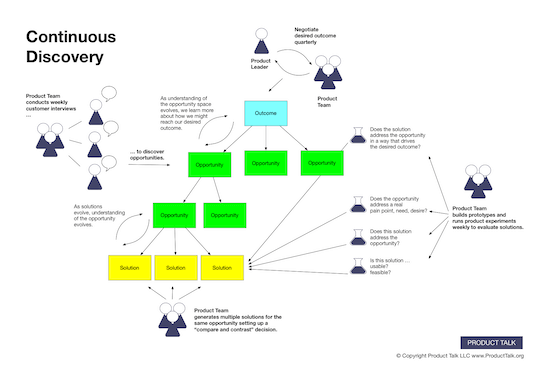Global vs. Localized Marketing: When to Adapt vs. Standardize

In today’s interconnected world, businesses face a critical decision: Should they adopt a global marketing strategy with standardized messaging, or should they localize their campaigns to cater to regional preferences? Both approaches have their merits, but choosing the right one depends on factors like target audience, brand identity, and market dynamics.
Understanding Global (Standardized) Marketing
A global marketing strategy involves using the same messaging, branding, and campaigns across different markets. This approach is cost-effective, ensures brand consistency, and works well for brands with universal appeal.
When to Use Global Marketing:
✔ Strong Brand Identity: Brands like Apple and Coca-Cola maintain a consistent image worldwide.
✔ Universal Products/Services: Technology (e.g., smartphones) and luxury goods often transcend cultural differences.
✔ Cost Efficiency: Fewer adaptations mean lower production and operational costs.
However, ignoring cultural nuances can lead to miscommunication or even brand damage.
Understanding Localized (Adapted) Marketing
Localized marketing tailors campaigns to fit regional languages, cultural norms, and consumer behaviors. This strategy builds deeper connections with local audiences.
When to Use Localized Marketing:
✔ Cultural Sensitivity Needed: Food, fashion, and humor vary greatly across regions.
✔ Regulatory Differences: Some countries have strict advertising laws (e.g., alcohol or health claims).
✔ Competitive Local Markets: Adapting to local preferences can give brands an edge over global competitors.
For example, McDonald’s offers vegetarian menus in India and rice burgers in Japan, showing how localization drives success.
Finding the Right Balance: The Glocal Approach
Many brands adopt a "glocal" strategy—maintaining a core global message while adapting elements for local markets.
Key Considerations for Choosing Your Strategy:










































































































![Building A Digital PR Strategy: 10 Essential Steps for Beginners [With Examples]](https://buzzsumo.com/wp-content/uploads/2023/09/Building-A-Digital-PR-Strategy-10-Essential-Steps-for-Beginners-With-Examples-bblog-masthead.jpg)















![How to Use GA4 to Track Social Media Traffic: 6 Questions, Answers and Insights [VIDEO]](https://www.orbitmedia.com/wp-content/uploads/2023/06/ab-testing.png)


































